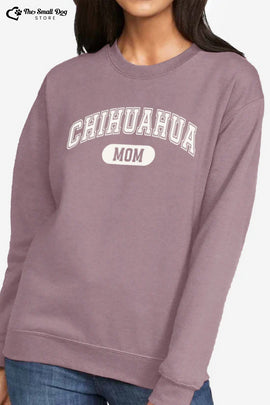Possession Aggression in Dogs: Complete Guide (2025)
Posted by ROBERTO BURALLI

If you're dealing with a dog who growls over food or guards toys, you're facing what's called possession aggression or resource guarding. The good news is that this behavior can be managed and improved with the right approach – but it requires understanding, patience, and consistent training.
Understanding Possession Aggression
Possession aggression is a natural behavior where dogs protect items they consider valuable. While it stems from survival instincts, it can become a serious problem in home environments. Your dog might guard anything from food bowls to favorite toys, or even their preferred sleeping spots or favorite people. And yes, this protective behavior can occur even with owners they deeply care about.
Curious about the depth of canine attachment? Check out our article on "Do Dogs Love Their Owners?"
The main challenge is that this behavior can escalate quickly. What starts as mild growling might develop into snapping or biting if not addressed properly. However, with proper training and management, most dogs can learn better ways to handle their possessions.
Warning Signs to Watch For
Recognizing possession aggression early is crucial for successful intervention. The most common signs include growling or stiffening up when approached during meals, snapping when someone tries to take away a toy, or showing teeth when others come near their space. You might also notice your dog rushing to gather and hide toys or treats, or refusing to drop items when asked. These behaviors often start subtly but can intensify over time if not addressed.
Why Dogs Develop Possession Aggression
Understanding the root causes helps guide effective treatment. Some dogs are genetically predisposed to guarding behavior, while others develop it due to limited access to resources in early life. Lack of proper training during puppyhood plays a significant role, as does past experience as strays. Sometimes, owners accidentally reinforce guarding behavior through their responses to it.
How to Handle Possession Aggression
A successful approach to managing this behavior starts with proper techniques and consistent application. Here's what you need to do:
1. Immediate Management Steps
Managing your dog's environment is the first step toward improvement. Remove items that trigger guarding behavior and feed your dog in a separate, quiet space. Keep valuable items out of reach until training progresses, and never punish guarding behavior – this only makes things worse.
2. Training Basics
Start by teaching fundamental commands like "drop it" using positive reinforcement. Practice "leave it" commands regularly in low-stress situations. The key is to reward your dog generously for voluntarily giving up items. Always use high-value treats during training sessions to make cooperation more appealing than guarding.
3. Create a Safe Training Environment
Training success depends heavily on creating the right environment. Always work with your dog when they're calm, and keep sessions short and positive. Ensure you have a clear escape route for both you and your dog, and never force confrontations over guarded items.
Professional Help vs. DIY Training
While many cases of possession aggression can be managed at home, some situations require professional intervention. Consider working with a certified trainer or behaviorist if your dog has bitten someone, if the behavior is worsening, if you have children in the home, or if basic training isn't showing results.
The Recovery Timeline
Every dog's journey to improvement is unique. Minor cases might show progress in a few weeks, but most dogs need two to three months of consistent training to show significant improvement. Some cases might take six months or longer, and severe cases often require ongoing management strategies.
Ensuring Success
Success in managing possession aggression comes from consistency and patience. Never force your dog to give up items, as this can worsen the behavior. Keep training sessions short and positive, and celebrate even small improvements. Focus on managing the environment to prevent guarding opportunities while training progresses.
When Progress Is Slow
It's normal for progress to take time, and some dogs may improve more slowly than others. During these periods, maintain your consistent management strategies and celebrate small victories. If needed, adjust your training approach, but always maintain patience with the process.
The Bottom Line
While possession aggression can be concerning, it's a manageable behavior with the right approach. Focus on prevention, consistent training, and creating a safe environment. Whether your dog fully overcomes resource guarding or simply learns to manage it better, you can create a safer, more comfortable home environment for everyone involved.
Celebrate Your Dog! 🐾
Love your pup? Show it off with our adorable personalized t-shirts! Add your dog's name to make it extra special – because every dog deserves their own merch. Check out our Custom Dog Lover Collection and get a unique shirt that's as special as your furry friend!
TAGS:
SHARE:














